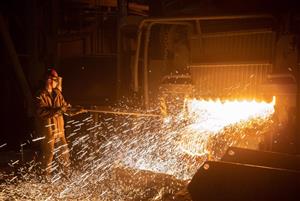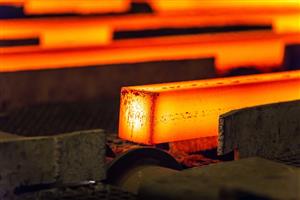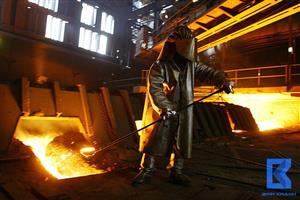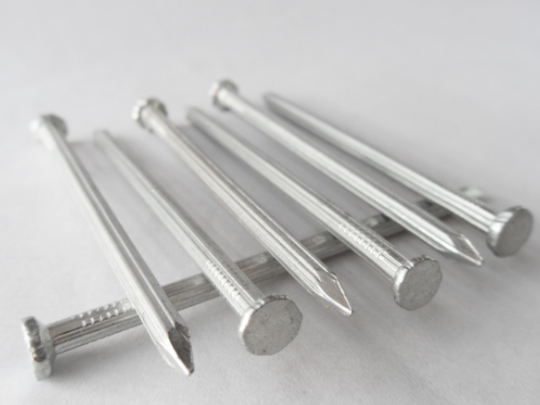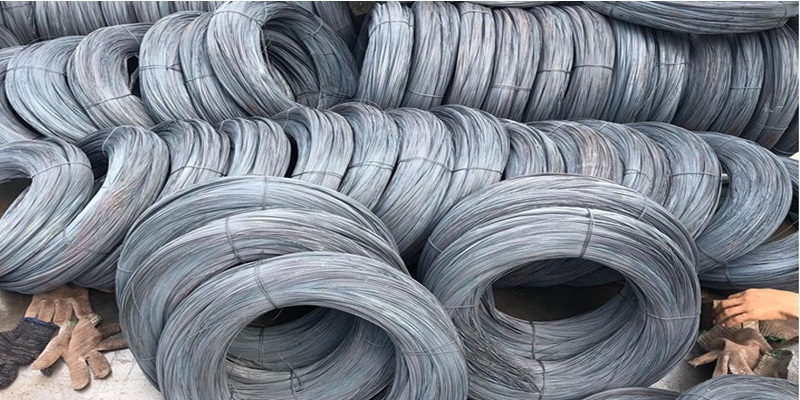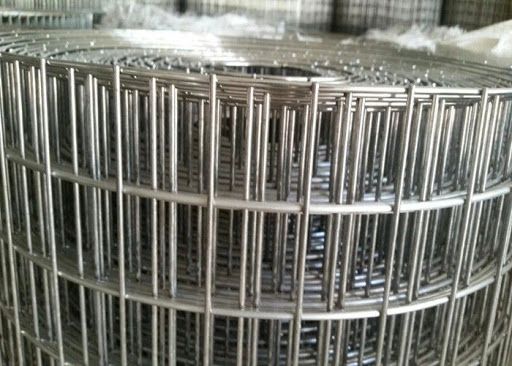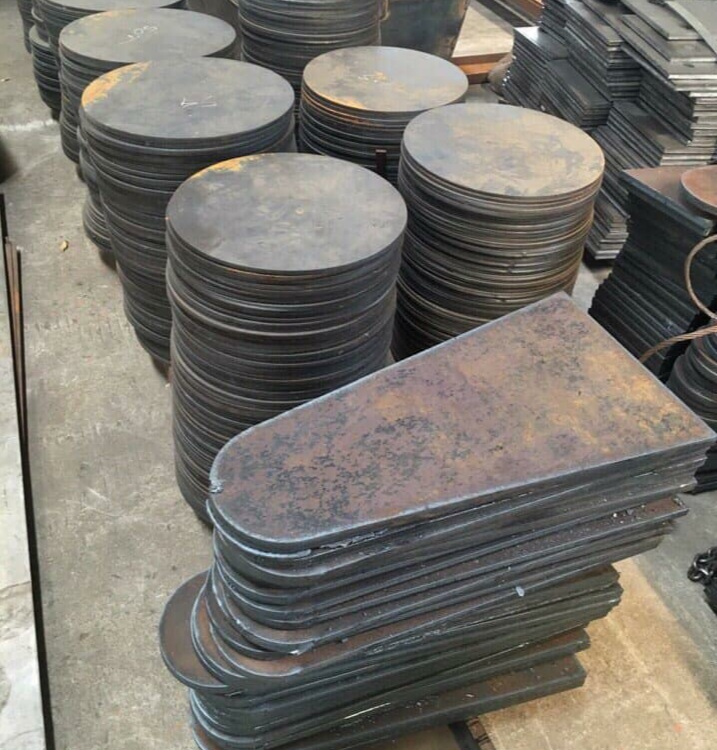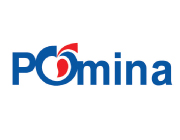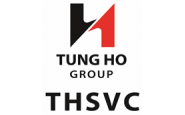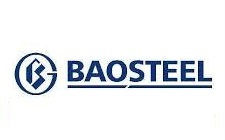The final trading session of 2021 ends with industrial metal prices continuing to fluctuate.
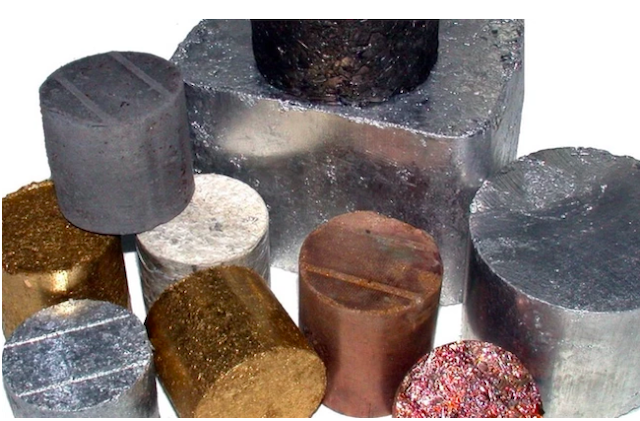 |
|
Investing in industrial metals in 2021 wins big. |
Accordingly, copper for three-month futures on the London Stock Exchange (LME) rose 0.2 percent from the previous session to $9,708 per ton, after MMG Ltd's Las Bambas mine in Peru - the second largest copper mine. world - said it would resume operations after a one-month shutdown due to a blockade by a community of Peruvians. On the Shanghai exchange, copper prices this session increased 0.5% to 70,380 yuan ($11,043.46)/ton.
Tin price on the LME on December 31 was almost unchanged, at 39,195 USD/ton, but on the Shanghai floor increased 1.3% to 296,110 yuan/ton. Aluminum prices on the LME rose 0.1% to $2,819.50 a tonne, while aluminum on the Shanghai bourse rose 0.5% to 20,380 yuan a tonne; zinc on the LME fell 0.1% to $3,528.50 per tonne, but zinc on the Shanghai bourse rose 0.3 per cent to 24,125 yuan per ton; LME nickel rose 1% to $20,790 a tonne, while Shanghai nickel rose 1.4% to 152,080 yuan a tonne; Lead on the LME fell 0.4 percent to $2,289 a tonne, while Shanghai's also dropped 0.3 percent to 15,300 yuan a tonne.
Both LME and Shanghai exchanges will be closed for public holidays until the end of Monday (January 3, 2022).
Dramatic 2021
The industrial metals market in 2021 is highly volatile, driven by tight supply, a downturn in China's real estate sector, and the global energy crisis – causing supply disruptions and so far have not seen the end.
The LME Metals Price Index - which includes copper, aluminum, nickel, zinc, lead and tin - is up 32% in 2021, the strongest since 2009, after rising 20% in 2020.
"It's been a year with a strong post-pandemic demand recovery. Most metals markets are in deficit," said ING analyst Wenyu Yao.
The price of copper has set a historic high when the Covid-19 pandemic stirred up both supply and demand. However, tin is really the 'shining star' of the metal market in terms of price increases. Meanwhile, the gold bulls were ultimately disappointed even as inflation picked up. And iron ore has plummeted from above $200/ton to below $100 due to weaker demand from China.
Gavin Wendt, founding director of Mine Life Pty, said: "Base metals perform exceptionally well in 2021, which is not surprising as they effectively restore what has been lost. in 2020, but price volatility is stronger as supply also recovers.”
Calculated in the fourth quarter of 2021, all 6 metals traded on the London floor increased for the 7th consecutive quarter, and for the whole year of 2021, the prices of all these metals on both LME and Shanghai exchanges increased, with a common increase of 20-30%.
As for the whole year of 2021, the copper price on the LME has increased by more than 25%, after increasing by 26% in 2020.
In particular, tin - the metal that often goes unnoticed - has posted the strongest increase in 2021, with a 93% increase on the LME - the strongest increase in at least two decades, and a gain of nearly 110% on the LME exchange. Shanghai floor, becoming the most 'shining' center in the metal 'sky' in 2021. For the whole of 2021, tin has nearly doubled in price, along with the boom of the electronics industry driving it. Demand increased sharply, while supply was disrupted by the Covid-19 pandemic.
Aluminum prices in 2021 increased by 43% - the most since 2009; zinc increased 28%, the most since 2017; nickel rose 25%, the most since 2019, and lead increased 15%, the most since 2017.
Iron ore was among the biggest losers in 2021, down around 25%, marking the end of China's era of frenzied construction and soaring prices. However, it is expected that the upcoming Chinese policymakers will implement monetary policies and fiscal stimulus to stem the slowing momentum of this economy in 2021. The latest manufacturing data on December shows that the magnetic demand dynamics are still intact.
Gold ended the year about 4% lower than it started 2021, after a tortuous 12 months as investors turned to riskier assets, including energy and industrial commodities. The tightening of monetary policy by the US Federal Reserve (Fed) threatens to be more turbulent in the gold market in the near future. Investors largely expect the Fed to raise rates three times in 2022, with some market participants expecting a first hike as early as March.
For now, rising energy costs in Europe also continue to dominate the supply side for base metals. In the latest factors affecting production, Alcoa Group recently said it will shut down a plant in Spain for two years due to high energy costs. Aluminum prices have increased by more than 40% in 2021 and banks forecast even more shortages in the aluminum market in 2022 as the world begins to accelerate the push for decarbonization programs that have reduced output globally. tighten even more.
Outlook for 2022
After a great success in 2021, the metal market in 2022 is expected to remain positive, although it will be difficult to repeat the growth rate of 2021.
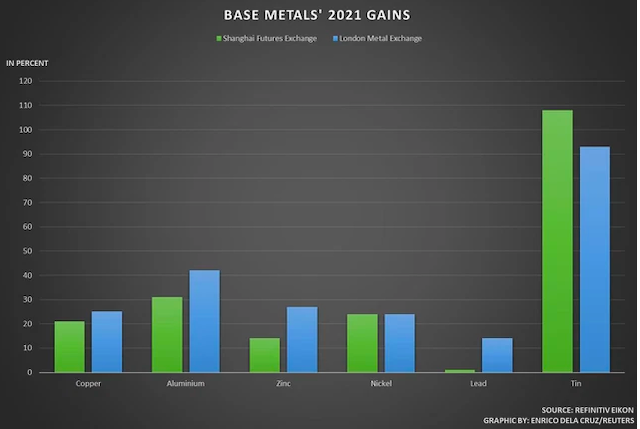 |
|
The price increase of base metals on the LME in 2021. |
Up to now, the picture of the metal market in 2022 has been blurred. Dangerously low inventories will continue to be the main theme of metals over the next two years, not least as the global economy continues to improve.
However, Beijing's economic stimulus measures will likely make the Chinese steel market trowneen lackluster. Meanwhile, Fed tightening monetary policy and prolonged inflation will be headwinds in other parts of the world. The energy crisis and climate change agenda will be a hot topic in the aluminum market.
While support for metals prices is expected to remain intact into 2022 as the world economy continues to recover from the pandemic shock, some analysts expressed cautious optimism.
“China has been the main source of base metal demand since 2003, but we think this trend is starting to end,” said Justin Smirk, senior economist at Westpac, Australia. "The slowdown in investment and production - China's main growth engine - will cause economic growth to slow down and reduce demand for raw materials in proportion to output," he said.
"Looking at 2022, we expect it to be a year of normalization. We expect demand growth to be moderate," said ING analyst Wenyu Yao. She added that limited supply will keep prices high, at least in the near term.
NDH
 English
English  Vietnamese
Vietnamese
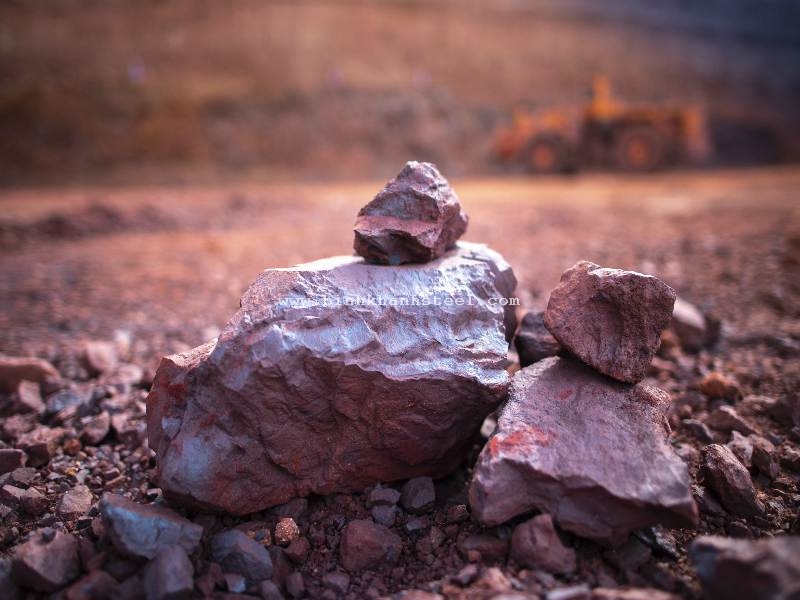


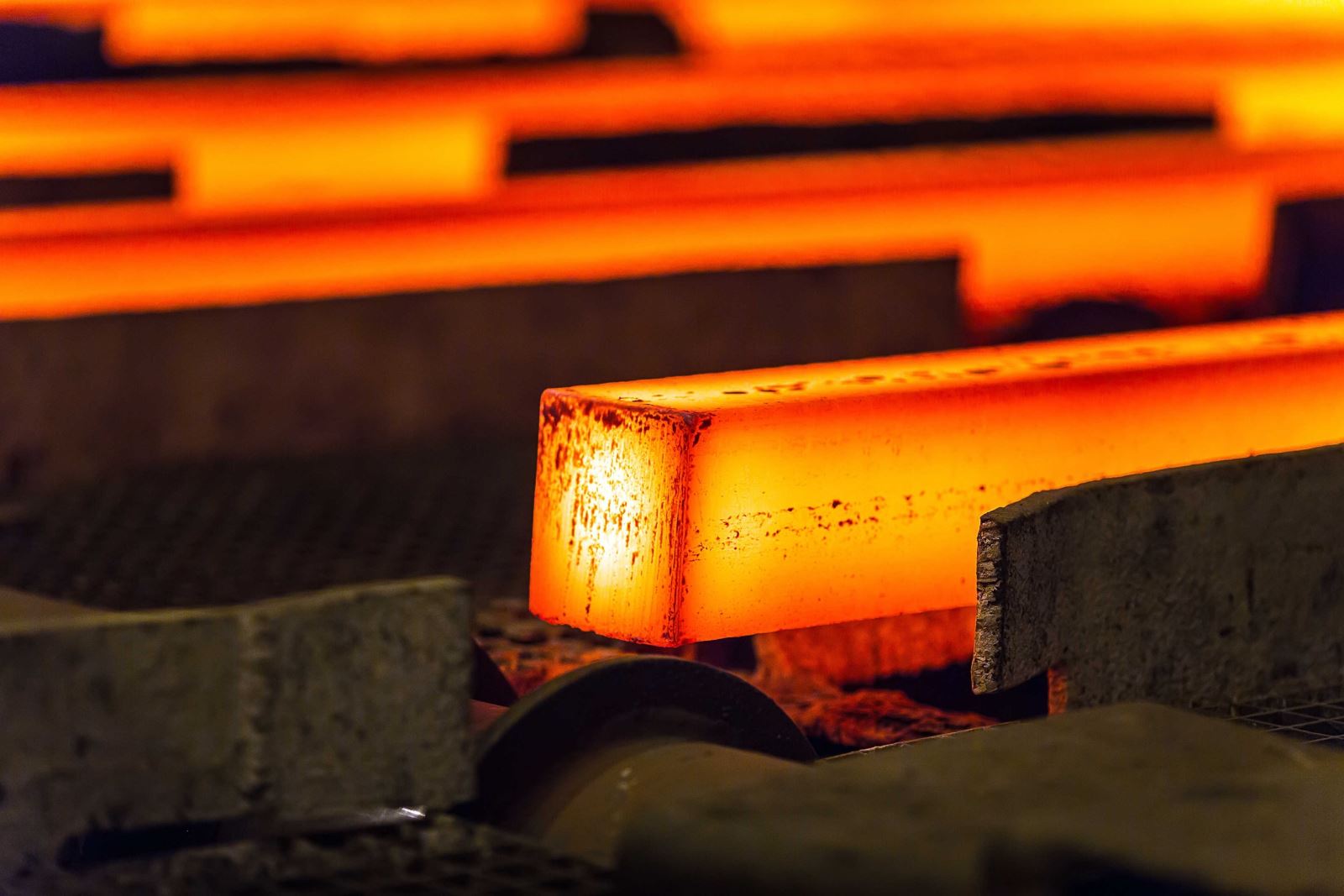
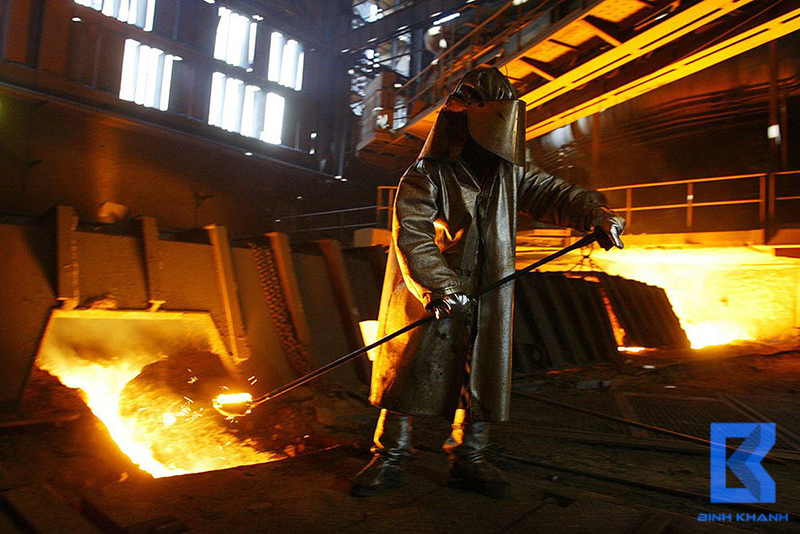

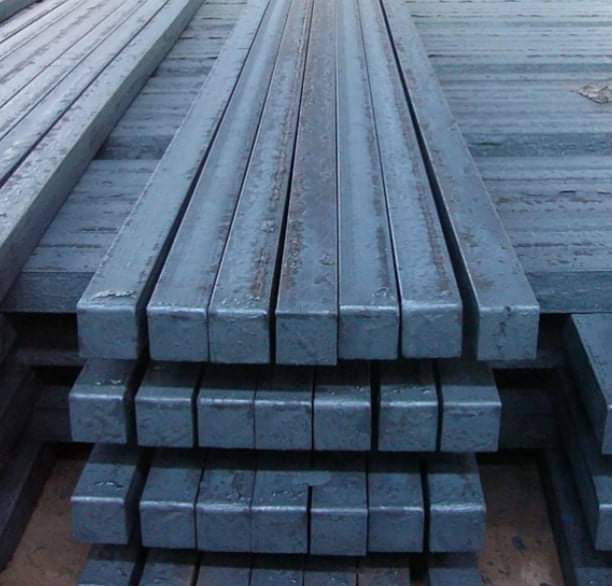

w300.jpg)
